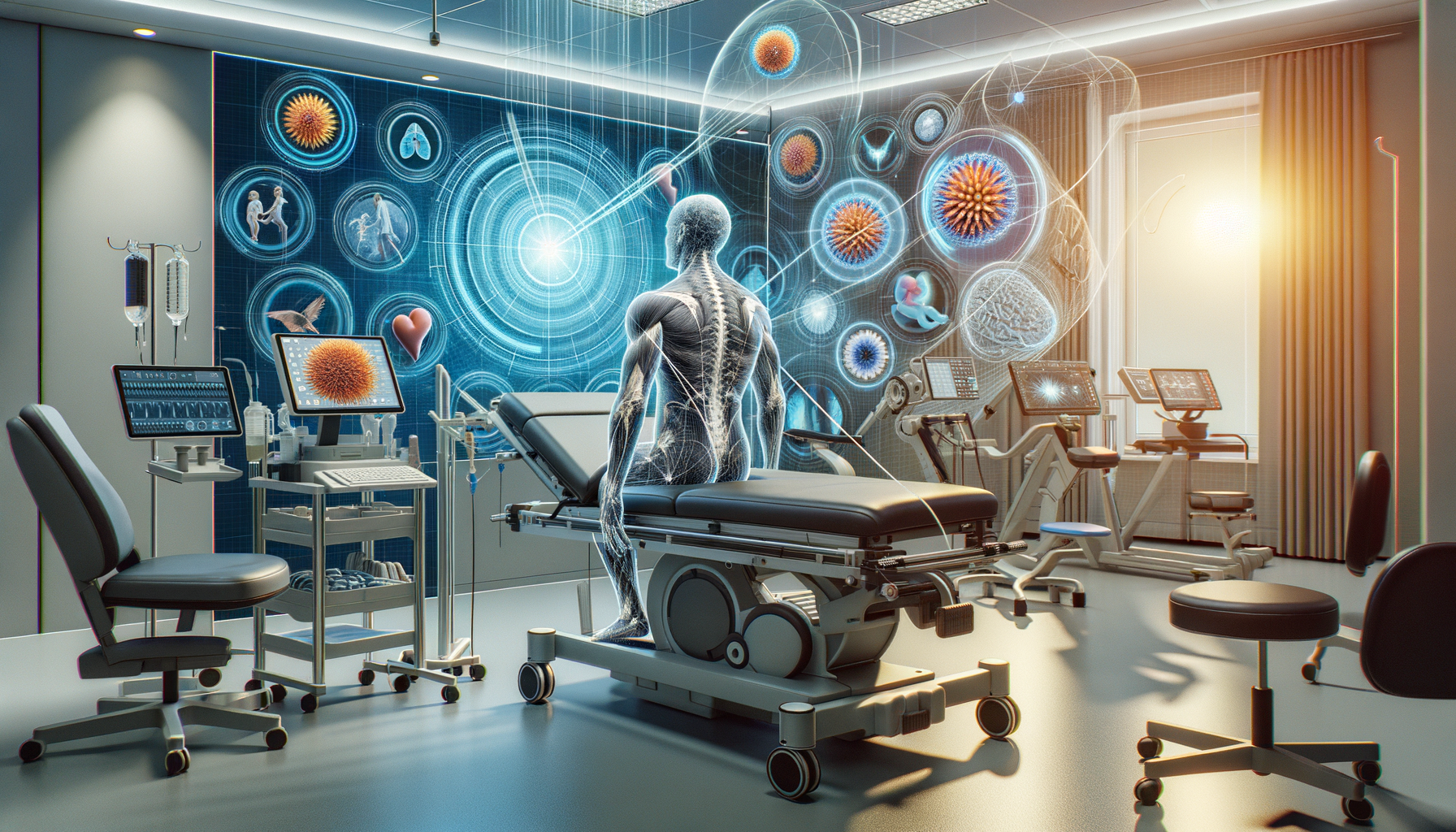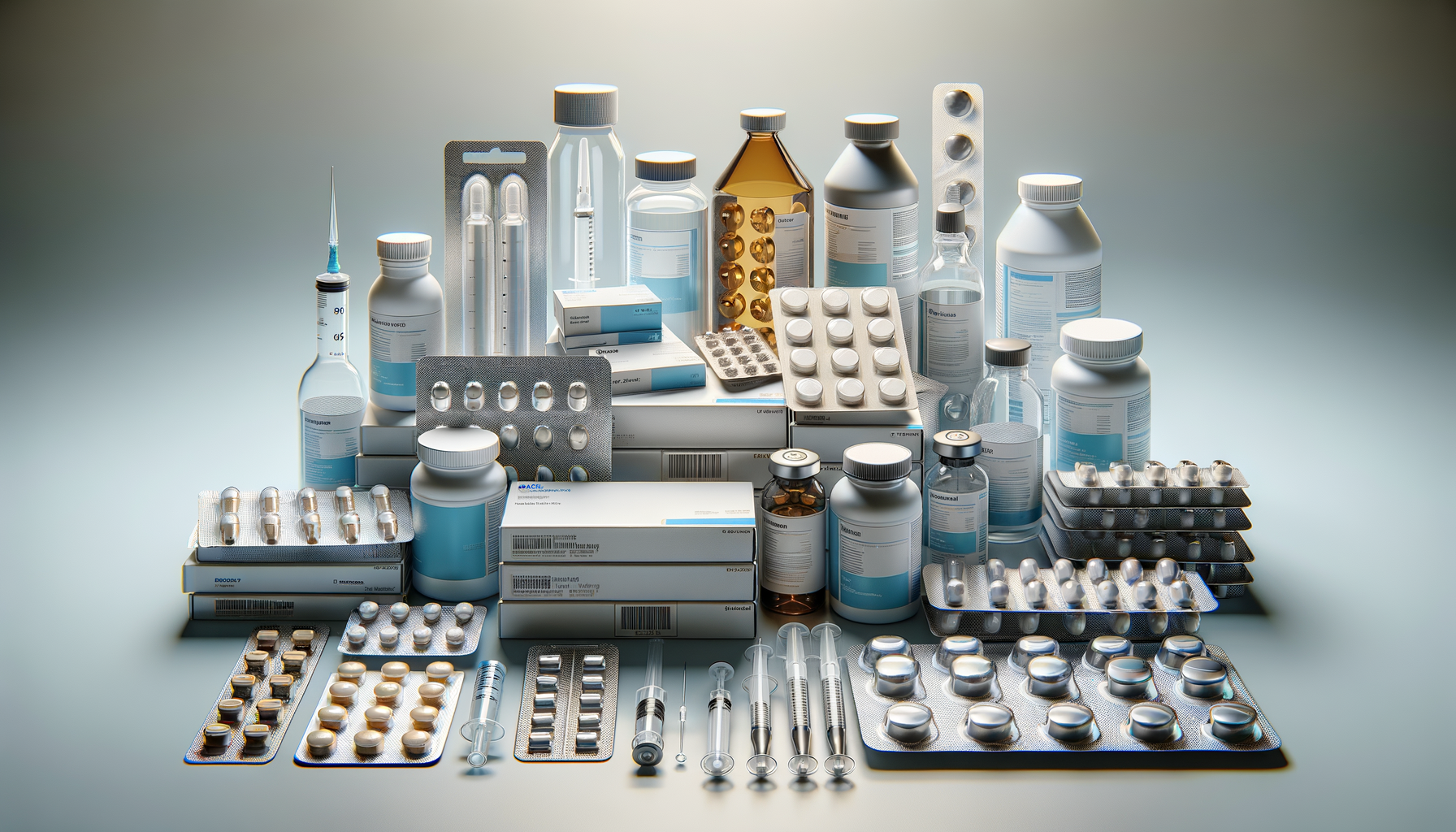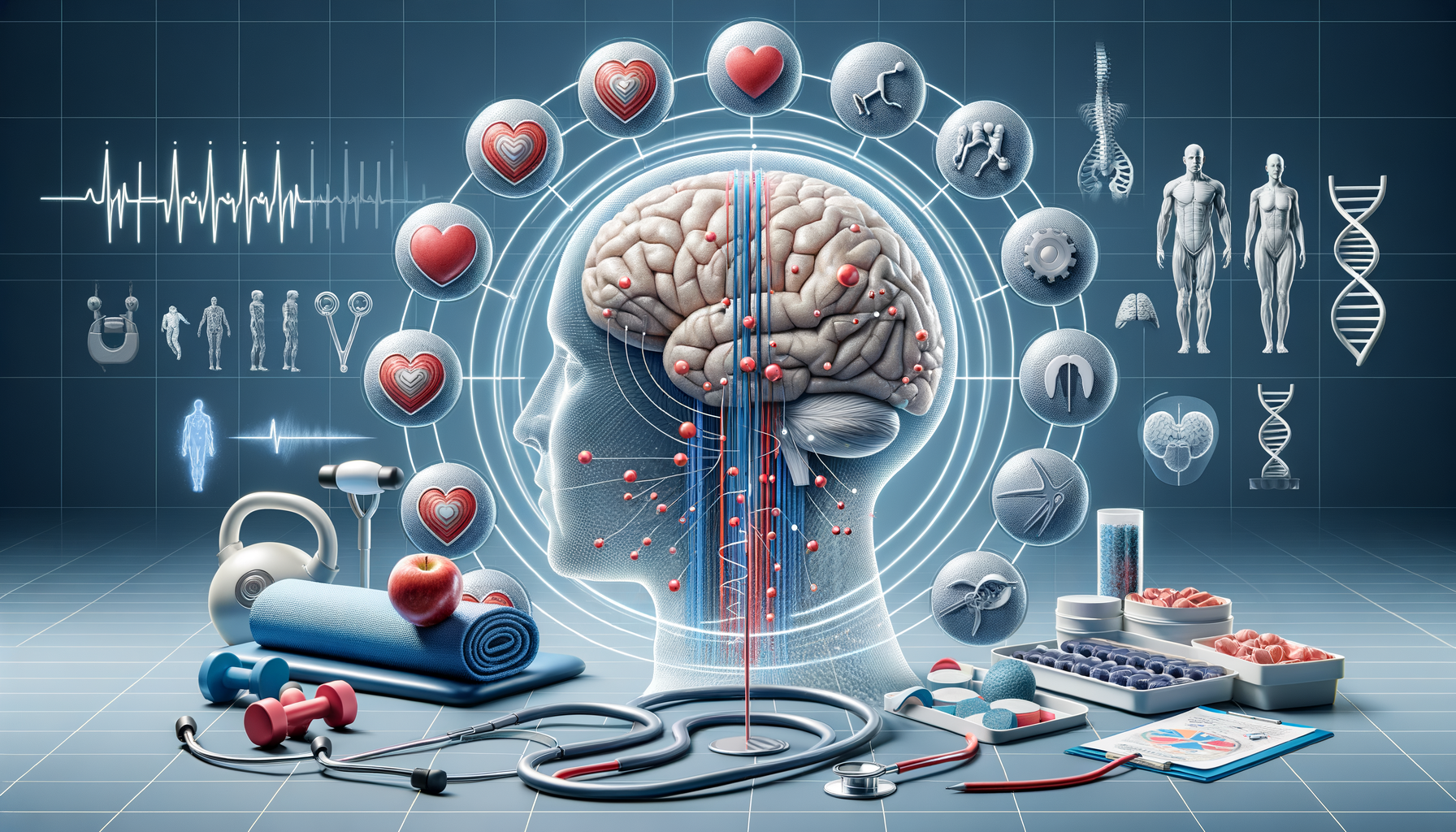Introduction to Stroke Rehabilitation
Stroke rehabilitation is a critical step in the recovery journey for individuals who have experienced a stroke. It involves a structured program designed to help regain lost skills and improve overall quality of life. The importance of stroke rehabilitation cannot be overstated, as it plays a pivotal role in helping survivors regain independence and confidence. The journey to recovery is often challenging, but with the right support and therapy, many individuals can achieve remarkable progress.
Stroke rehabilitation typically begins in the hospital as soon as the patient is stable. It continues in various settings, including outpatient facilities, rehabilitation centers, or even at home. The goals of rehabilitation are to improve function, reduce symptoms, and promote overall well-being. A multidisciplinary team of healthcare professionals, including doctors, nurses, physical therapists, occupational therapists, and speech-language pathologists, work together to create a personalized rehabilitation plan.
Components of Stroke Therapy
Stroke therapy is a comprehensive approach that encompasses a variety of treatments and exercises tailored to the individual’s needs. The main components of stroke therapy include physical therapy, occupational therapy, and speech therapy. Each of these therapies addresses different aspects of recovery, and together they form a holistic approach to rehabilitation.
Physical therapy focuses on improving mobility and strength. It involves exercises to enhance coordination, balance, and endurance. Occupational therapy, on the other hand, aims to help individuals regain the ability to perform daily activities such as dressing, eating, and bathing. Speech therapy addresses communication challenges, helping patients improve their ability to speak, understand, and swallow.
In addition to these core therapies, stroke therapy may also include psychological support, nutritional counseling, and social support. The integration of these elements ensures a comprehensive approach to recovery, addressing both physical and emotional needs.
Finding Stroke Therapy Near Me
For many stroke survivors and their families, finding accessible and quality stroke therapy is a top priority. The phrase “Stroke Therapy Near Me” is often searched by those seeking convenient options for rehabilitation services. There are several factors to consider when looking for therapy services, including location, the expertise of the healthcare professionals, and the range of services offered.
Local hospitals and rehabilitation centers are common places to start. Many of these facilities offer specialized stroke programs with experienced staff trained in stroke recovery. Additionally, community health centers and outpatient clinics can provide valuable resources and therapy options.
It’s important to consult with your healthcare provider to determine the most suitable therapy options based on individual needs and recovery goals. They can offer recommendations and referrals to trusted facilities and professionals in your area.
Advancements in Stroke Treatment
Stroke treatment has evolved significantly over the years, with advancements in medical technology and research leading to more effective interventions. Immediate treatment is crucial in minimizing the long-term effects of a stroke. The primary goal of acute stroke treatment is to restore blood flow to the brain as quickly as possible.
One of the most common treatments for ischemic stroke, which is caused by a blood clot, is the use of clot-dissolving medications known as thrombolytics. These medications are most effective when administered within a few hours of the onset of symptoms. For hemorrhagic stroke, which involves bleeding in the brain, treatment focuses on controlling the bleeding and reducing pressure on the brain.
In recent years, mechanical thrombectomy has emerged as a promising treatment for certain types of ischemic strokes. This procedure involves the physical removal of a blood clot using a catheter-based approach. It can be particularly beneficial for patients who are not eligible for thrombolytic therapy.
Conclusion: The Path to Recovery
The journey of stroke rehabilitation and treatment is unique for each individual. While the road to recovery may be challenging, the advances in stroke therapy and treatment options provide hope and opportunities for improvement. By actively participating in rehabilitation programs and utilizing available resources, stroke survivors can enhance their recovery and regain a fulfilling life.
Family support and encouragement play a crucial role in the rehabilitation process. Being informed about the various therapy options and treatments available can empower individuals and their families to make informed decisions about their care. As research continues to advance, the future holds promise for even more effective treatments and therapies, paving the way for improved outcomes for stroke survivors.




Leave a Reply